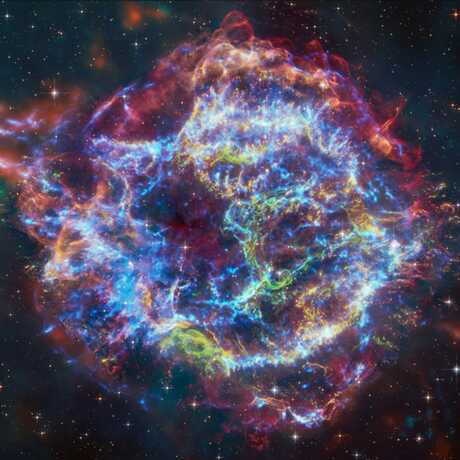Featured Articles
Brown dwarf W1935 exhibits signs of glowing methane—possibly caused by aurorae!
Cassiopeia A is one astronomical object that looks exactly like what it is—a star that exploded 350 years ago!
JWST launches the first day of astronomy’s big meeting with news about science, technology, and galaxies!
The connection between disks and planet formation continues to expand as astronomers view them in new detail.
From tiny changes in clocks to tiny asteroids in our solar system to tiny effects in the transmission of light.
How quickly does Pluto lose its atmosphere to space? And why is it so different than the other planets?
Pluto's heart is wanderer, an explosive beginning to massive stars, and a huge supercluster in our blind spot.
Be wary of the Supermoon (but still check it out), plus news on commercial spaceflight and neutrino detection.
This week's space news includes Saturn, our favorite dwarf planet, and novae and lithium.
This week's space news includes new Uranus moons, a nova, listening for ET, and of course,
European scientists learn the hard way that landing on Mars is more difficult than you'd think...
A new mission for Opportunity, the martian Death Star, Proxima Centauri, a ten times more galaxies.
Dust on Mars and a dustbuster to see through a reflection nebula.
This week's news from our solar system and beyond!













